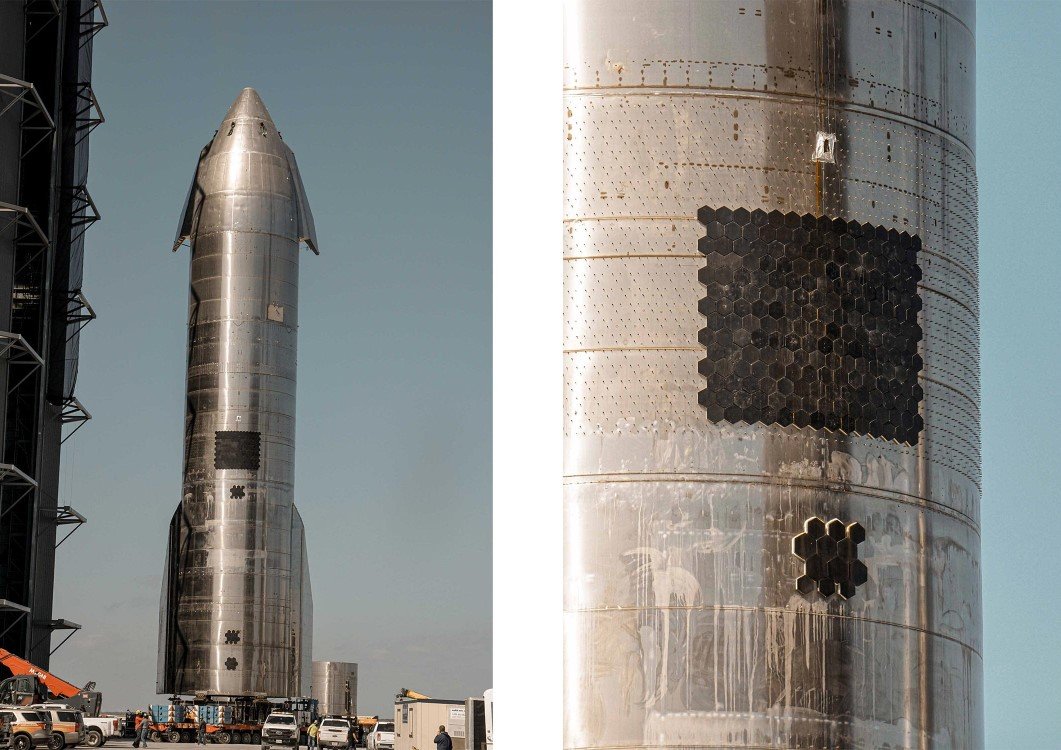Top 8 Most Powerful Rockets in the World
The top 8 most powerful rockets in the world are listed here. Rockets are our primary way of reaching space, and some rockets can lift more things than other rockets.
This article will cover which rockets can carry the heaviest payload with the most thrust power.
1. Saturn V
The Saturn V was a rocket developed by the United States that was deactivated in 1973. The Saturn V rocket is still the world's biggest, heaviest, and most powerful rocket ever flown. The rocket was deployed 13 times reliably from the Kennedy Space Center.
The Saturn V was a 363-foot spacecraft that flew from November 1967 to May 1973. It has the capability of launching a payload of up to 310,000 pounds into Earth's orbit.
2. Long March 9
Long March 9 was conceived in China and is now in the development stage. It will tower around 360 feet tall. The rocket is set to have a payload capacity of around 300,000 pounds and can launch into lower Earth orbit. This rocket is set to launch in 2028.
3. SpaceX Starship
The Starship rocket was conceived in the United States and is currently in development. The rocket is 387 feet tall and has a payload of around 110 tons in lower Earth orbit.
The massive launch vehicle and spaceship have been created expressly to transport people to Mars. The rocket is an important part of SpaceX's goal to build a crewed facility on Mars.
4. Falcon Heavy
The Falcon Heavy is a huge step forward for SpaceX Company's long-term ambition to create a Mars base. The rocket is 230 feet tall and can each generate up to 5,000,000 million pounds of thrust, propelling the rocket into orbit.
The rocket has been in operation since 2018 and is capable of carrying 140,660 pounds of payload into lower Earth orbit. The rocket is powered by three reusable boosters that may be separated and reused.
5. Space Launch System
The Space Launch System is a 365-foot rocket that can lift a payload of 209,000 pounds into Earth's orbit. It was developed in the United States. The rocket is currently being developed to fly for NASA's famous Orion project. The Orion spacecraft will transport people to the moon and the planet Mars.
6. Energia
Energia was a rocket developed by the Soviet Union to launch human-crewed spacecraft. The Energia rocket was launched into orbit twice, and it is estimated to carry a payload of around 100 tons. After the Soviet Union fell apart, the Energia rocket was retired in November of 1988.
7. New Glenn
The New Glenn rocket is being developed in the United States. It stands 230 feet tall and has a payload capacity of 140,700 pounds in lower Earth orbit. In the commercial space landscape in the United States, this is yet another powerful and heavy-lift vehicle. Blue Origin created the launch vehicle scene, which features nine powerful BE-4 engines. To send the gadget into space, the rocket's first stage can produce a tremendous 3,850,000 million pounds of thrust. The New Glenn is scheduled to debut by the end of 2022.
8. Space Shuttle
The Space shuttle was developed in the United States and flew from April 1981 to July 2011 at the height of around 180 feet. In low Earth orbit, the rocket could deliver payloads weighing up to 60,000 pounds.
The rocket is propelled into orbit by two powerful rocket boosters. Between 1981 and 2011, the space shuttles were launched 135 times.
Final Thoughts
Over time, technological advances have resulted in the creation and development of feature-rich rockets and complex machines that can successfully carry out space exploration missions.
With new technologies, what were once flaws in space vehicles and calamities have faded. Today, and in the future to come, we are developing more and more powerful rockets that will help humanity survive and thrive.
We hope you liked learning about the world's most powerful rockets and space vehicles.





